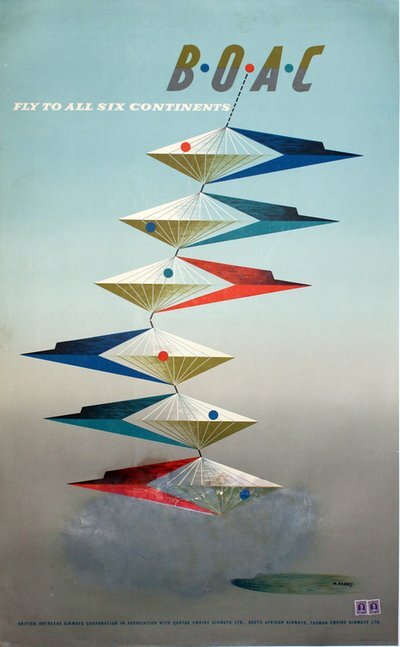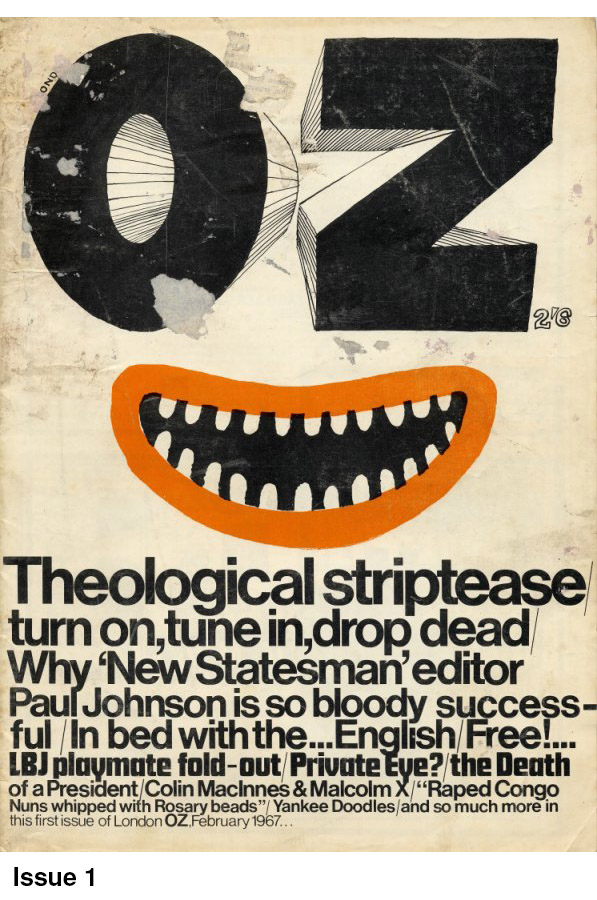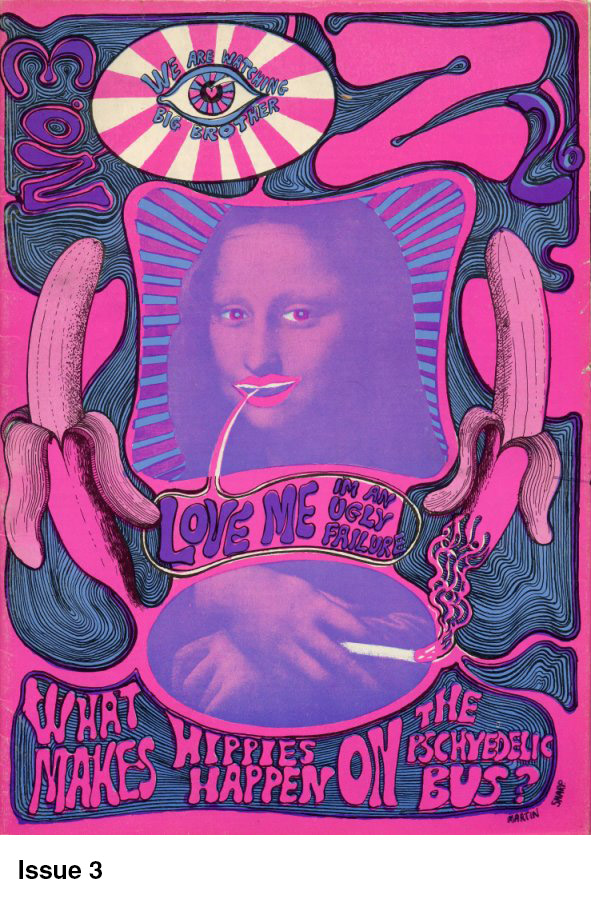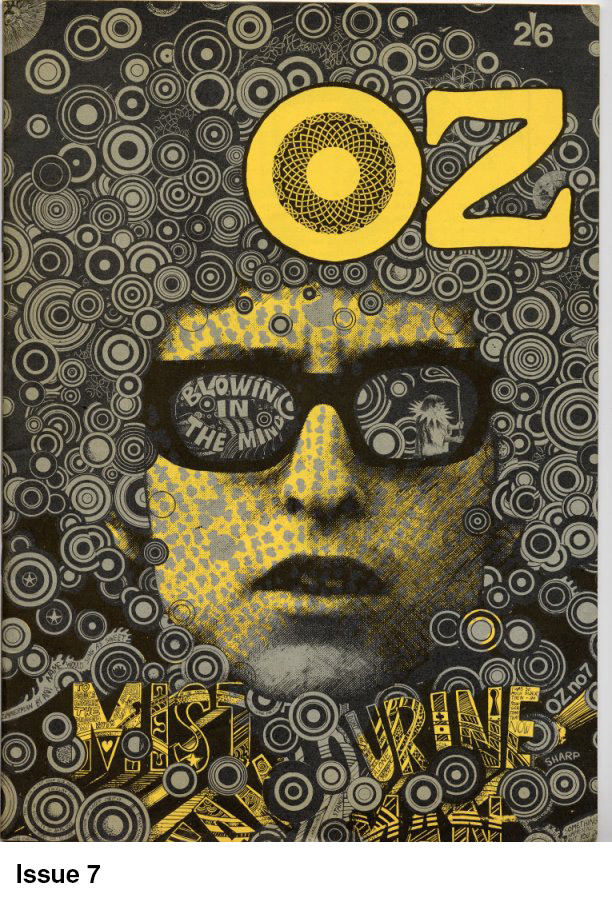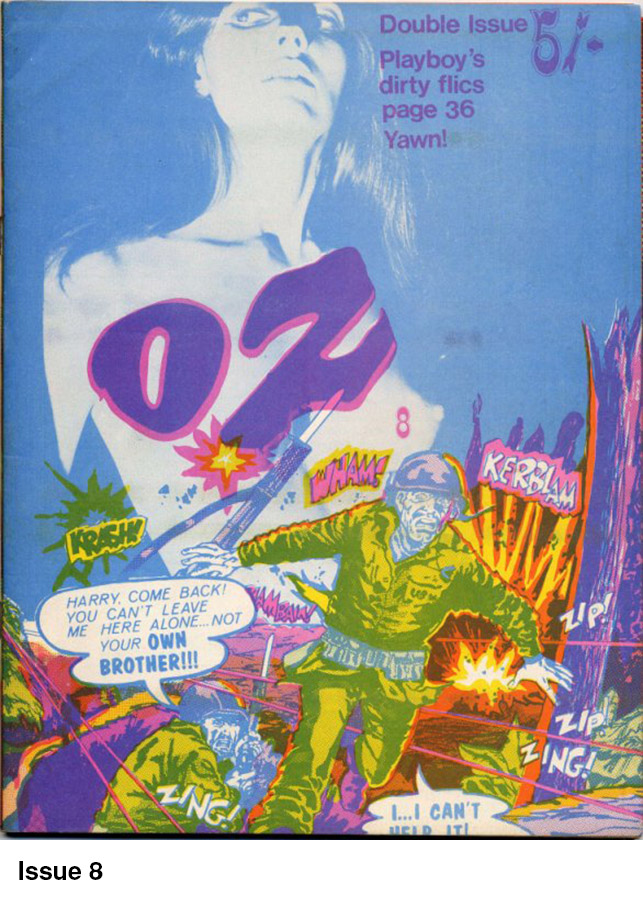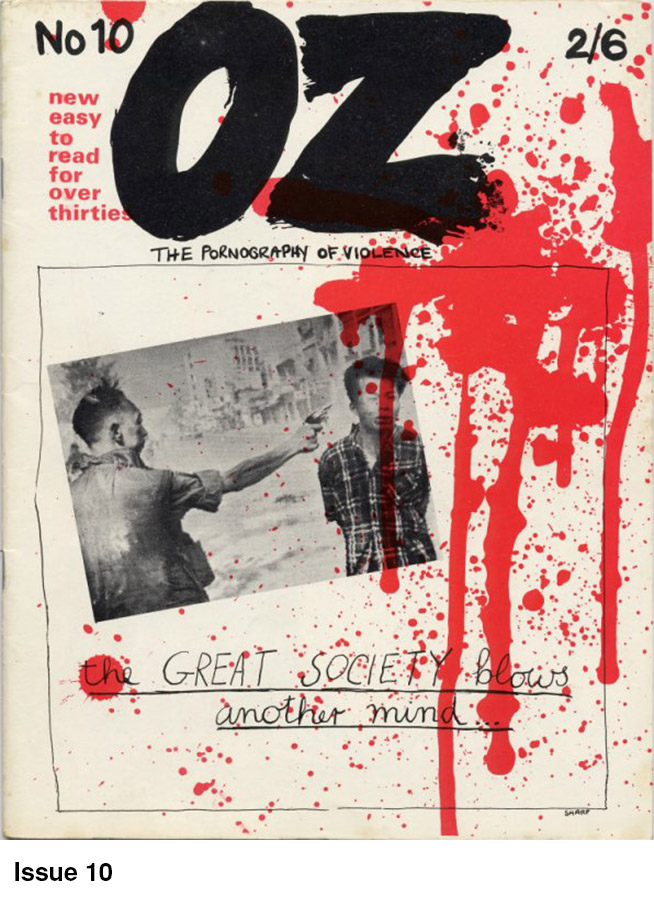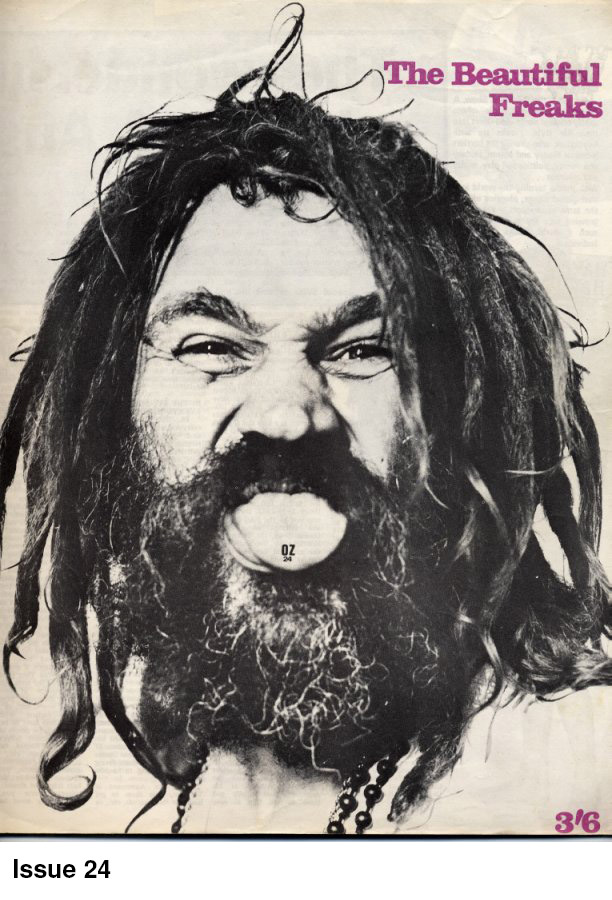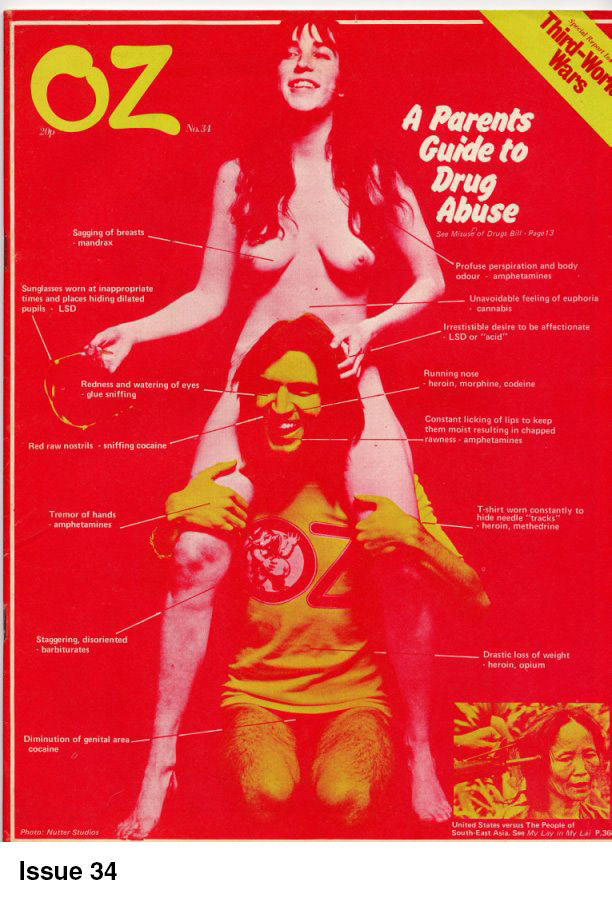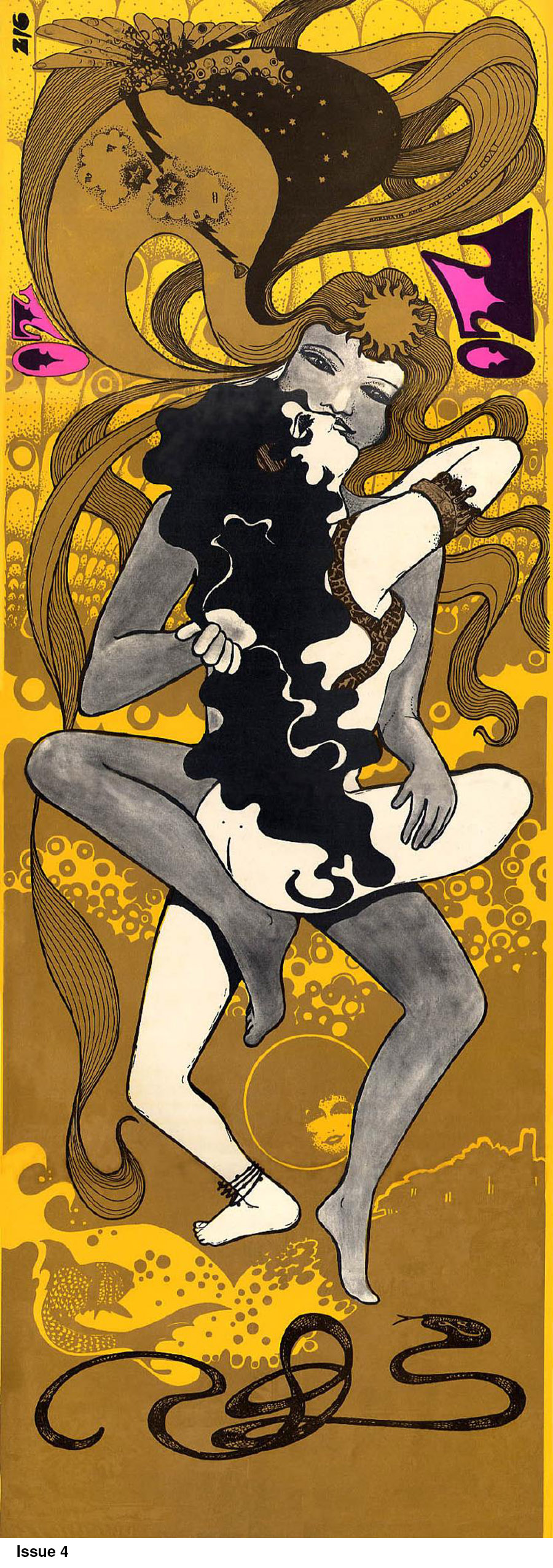Saw this amazing exhibition at The Hirshhorn Museum, in Washington, DC, presenting the first US museum survey and largest US exhibition of work by identical twin brothers Gustavo and Otavio Pandolfo (b. São Paulo, Brazil, 1974), known globally as OSGEMEOS—Portuguese for “the twins.” The yearlong, full-floor presentation brings together approximately 1,000 artworks, photographs, and archival materials to highlight the trajectory of their collaborative multidisciplinary practice, including the roots of their fantastical artistic language, inspired by their upbringing in urban Brazil. OSGEMEOS: Endless Story spotlights the artists’ playful combination of universal themes with magical elements drawn from their heritage, urban art and graffiti traditions, and shared imagination.
Featuring large-scale paintings on wood and canvas, monumental sculptures, and room-sized installations that incorporate light, movement, and music, Endless Story fills the Hirshhorn’s sweeping third-floor galleries. To highlight OSGEMEOS’s interest in fusing the real with the fantastic, central place is given to dreamlike worlds, including The Moon Room (2022), built specifically for exhibition spaces and featuring sound, colorful architecture, and custom wallpaper. The presentation also includes scores of rarely seen drawings illuminating the growth of OSGEMEOS’s creative practice, from the walls of their childhood home to freeways and building façades to global galleries, alongside documentation of their outdoor graffiti and murals.





























